News
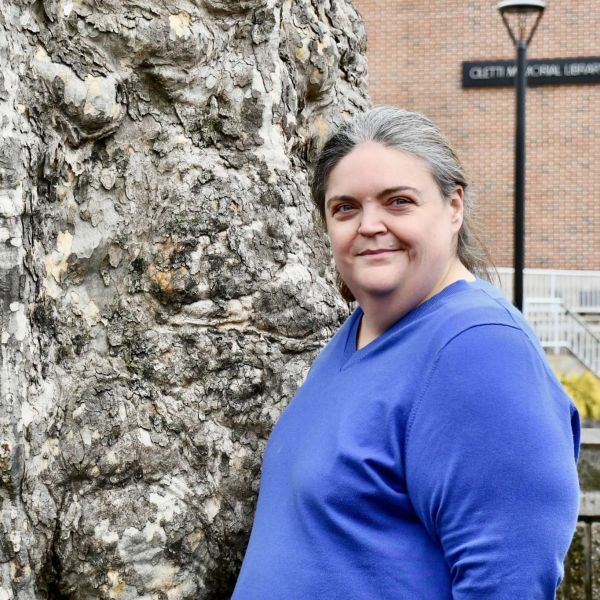
Apr 10, 2025
Penn State Schuylkill biologist recognized as a PERC Campus Sustainability Champion
The Pennsylvania Environmental Resource Consortium (PERC) has named Mary Ann Smith, lecturer of biology at Penn State Schuylkill, as a 2025 Campus Sustainability Champion.
Full Article

Apr 09, 2025
NCEMS working groups to answer molecular and cellular bioscience questions
The U.S. National Science Foundation National Synthesis Center for Emergence in the Molecular and Cellular Sciences at Penn State aims to drive multidisciplinary collaboration utilizing publicly available research data.
Full Article
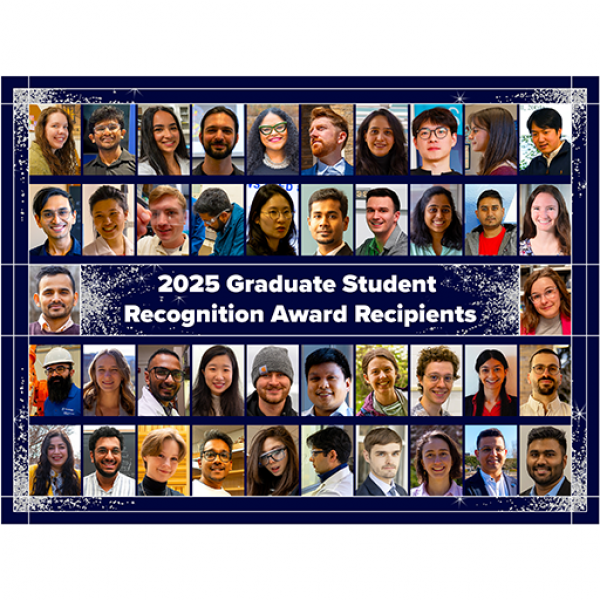
Apr 07, 2025
Forty-two graduate students recognized with University awards
Annual awards celebrate graduate students' impact in research, scholarship, teaching, outreach and more.
Full Article
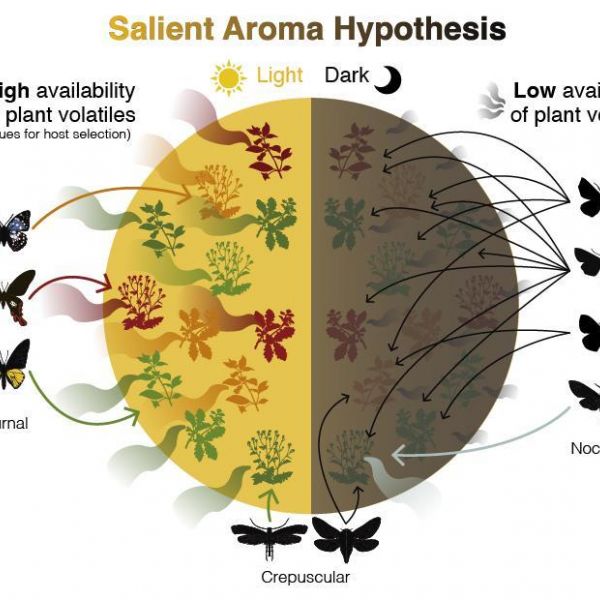
Apr 04, 2025
Picky eaters by day, buffet by night: Butterfly, moth diets sync to plant aromas
In a recent study published in the journal Proceedings of the Royal Society B, an international team of researchers tested a new hypothesis for why some Lepidoptera have very specific diets, feeding on only a few types of plants, while others are far less picky.
Full Article
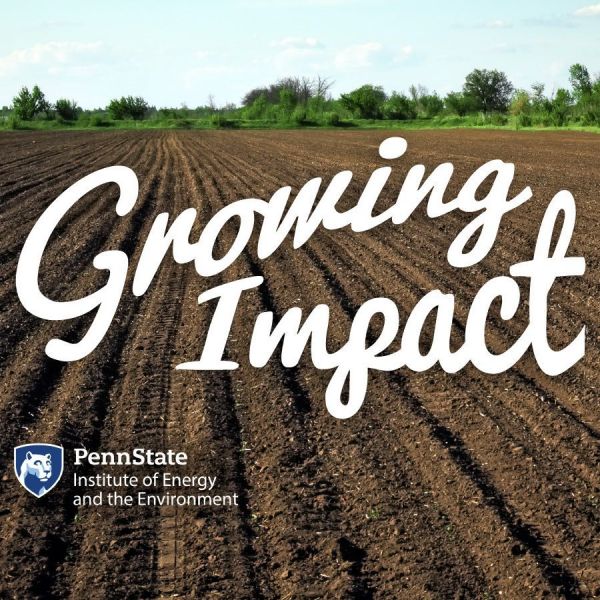
Apr 01, 2025
Researchers working to address agricultural greenhouse gas emissions
On the latest episode of “Growing Impact,” a team of Penn State researchers discusses how their seed grant project aims to address nitrous oxide emissions from the agricultural sector by developing a system for real-time emissions monitoring and reduction.
Full Article

Mar 26, 2025
Translator for biomedical research aims to speed up patient care
$12.8M, five-year project brings together multiple institutions to improve and expand NIH Biomedical Data Translator
Full Article
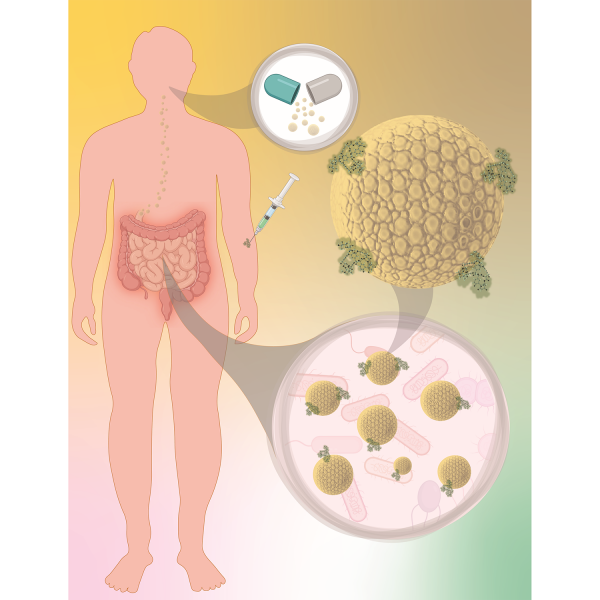
Mar 18, 2025
FDA-approved dialysis drug may help fight against antimicrobial resistance
The study, conducted in mice, revealed that sevelamer can successfully remove off-target antibiotics from the gut.
Full Article
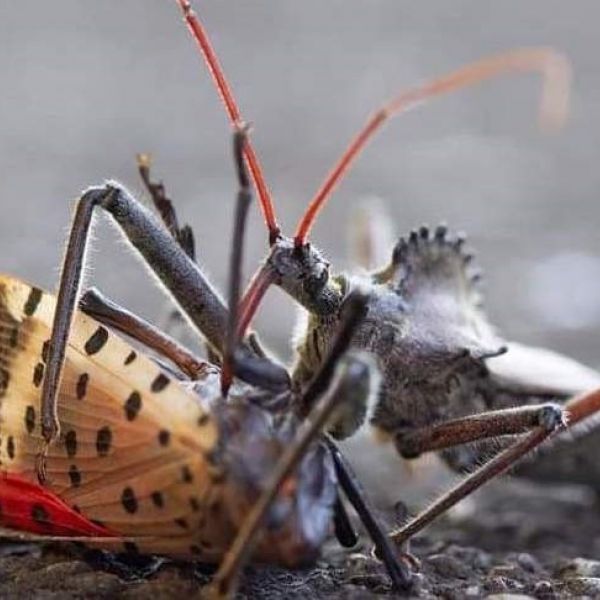
Mar 17, 2025
Natural insect predators may serve as allies in spotted lanternfly battle
Insect predators found in the United States could help keep spotted lanternfly populations in check while potentially reducing reliance on chemical control methods, according to a new study conducted by researchers at Penn State.
Full Article
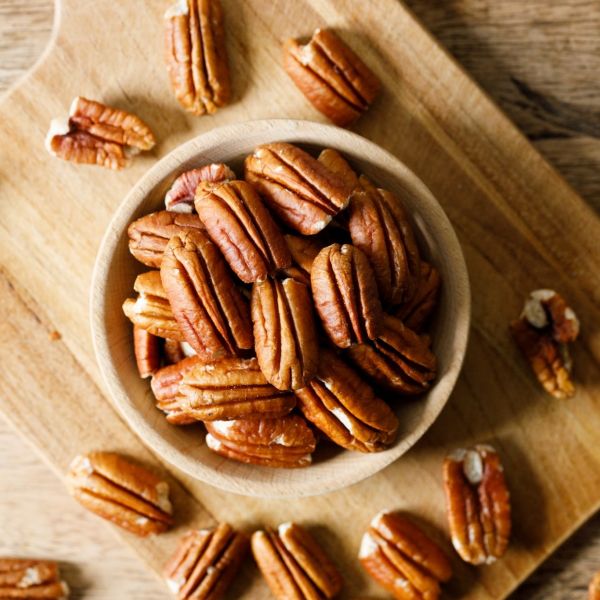
Mar 17, 2025
Replacing other snacks with pecans may improve cholesterol, diet quality
Switching daily snack foods to pecans improved cholesterol levels and enhanced overall diet quality, according to a new study by researchers in the Penn State Department of Nutritional Sciences.
Full Article
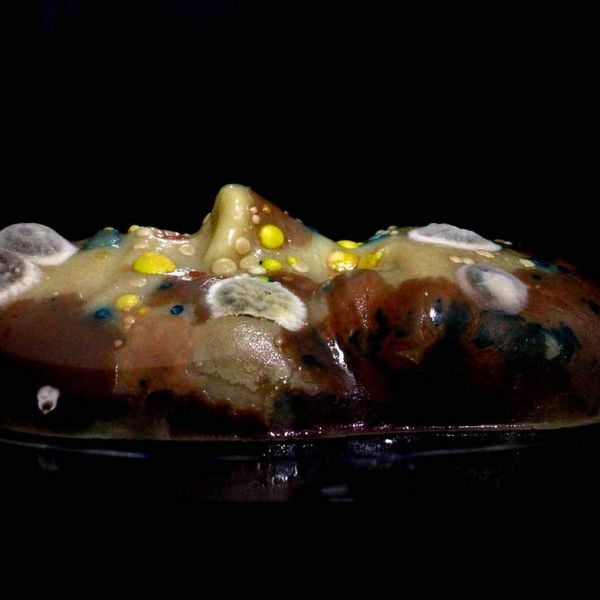
Mar 18, 2025
BioArtist Mellissa Monsoon to present 'Collaborating with Microbes'
The One Health Microbiome Center and College of Arts and Architecture are co-hosting three events as part of a multi-year SciArt collaboration.
Full Article